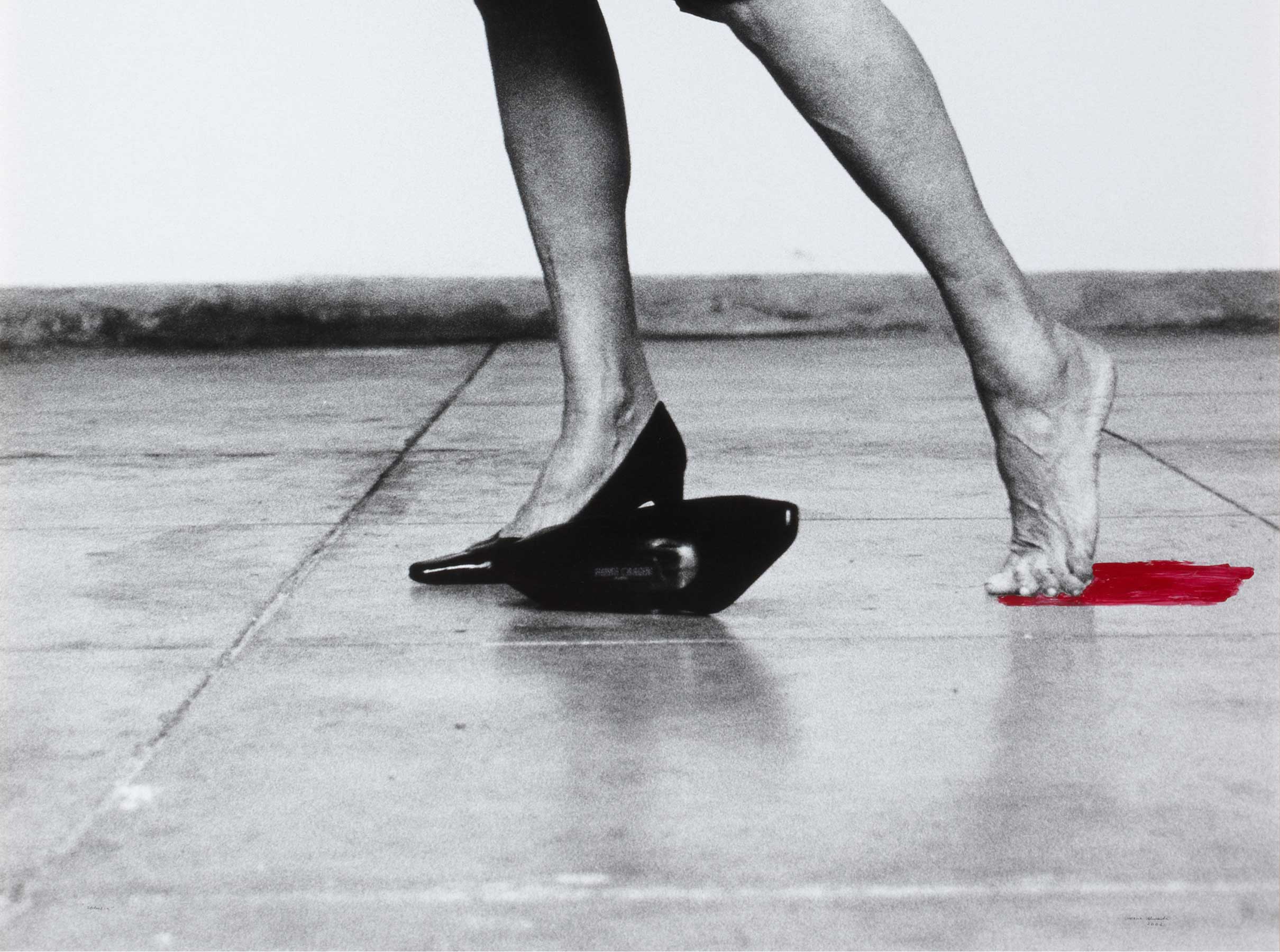Incomplete Open Cube 7/8
- 1974
- Ink and pencil on tracing paper
- 30,7 x 31,2 cm
- Cat. D_336
- Acquired in 2012
Sol LeWitt is considered as one of the founders of the poetry of minimalism. He is acclaimed especially for turning mural painting into what he called wall drawing, but he also produced many works on paper, especially as studies for larger-scale projects, some of which were turned into actual works. A case in point is Incomplete Open Cube 7/8 (1974), intended as a preliminary sketch for a series of sculptures with the same name produced that same year in wood and aluminium and painted with enamel. These sculptures are held in collections such as that of the San Francisco Museum of Modern Art. In the sketch, LeWitt tries out the sequence in which a series of cubes is to be presented with between one and nine edges missing, thus resulting in 122 variants on the original structure. The cube in the sketch in the Banco de España Collection is missing four edges: three on the top and one on the side. Even though the work complies with basic arithmetical rules, the visual effect is one of loss of unity and of centre, with a hint of irrationality within the unquestionable rationality of a basic geometrical form. The cube is a core element of modern art and almost a visual manifesto of an entire period and vision of architecture and museum distribution, but here it is called into question as its usual, sound form slips into instability. This is reinforced by the strongly isometric perspective, which gives the impression that the figure is falling towards the viewer. However, these sketches still retain an idea of order that is lost in the final sculpture in line with the angle of sight of the viewer. To paraphrase LeWitt's words: the initial idea is simple, but its visual perception is complex. That is what happens with these three-dimensional open cubes: if you draw a square, a grid, it has order. When you transfer it to three dimensions it becomes chaotic until you look at it from different angles: then it recovers that previous order.
The fact that LeWitt documented the process of design of his sculptures through sketches is of capital importance in his discourse, given his declared principle that his works could be made by anyone with the right materials and tools who followed his instructions. The sketch thus becomes a list of instructions on how to materialise an idea. The title of the work also affects this: it is purely descriptive and remote, after the 'cold' fashion imposed by minimalism: it denies any symbolic or narrative interpretation.
Other works by Sol LeWitt

